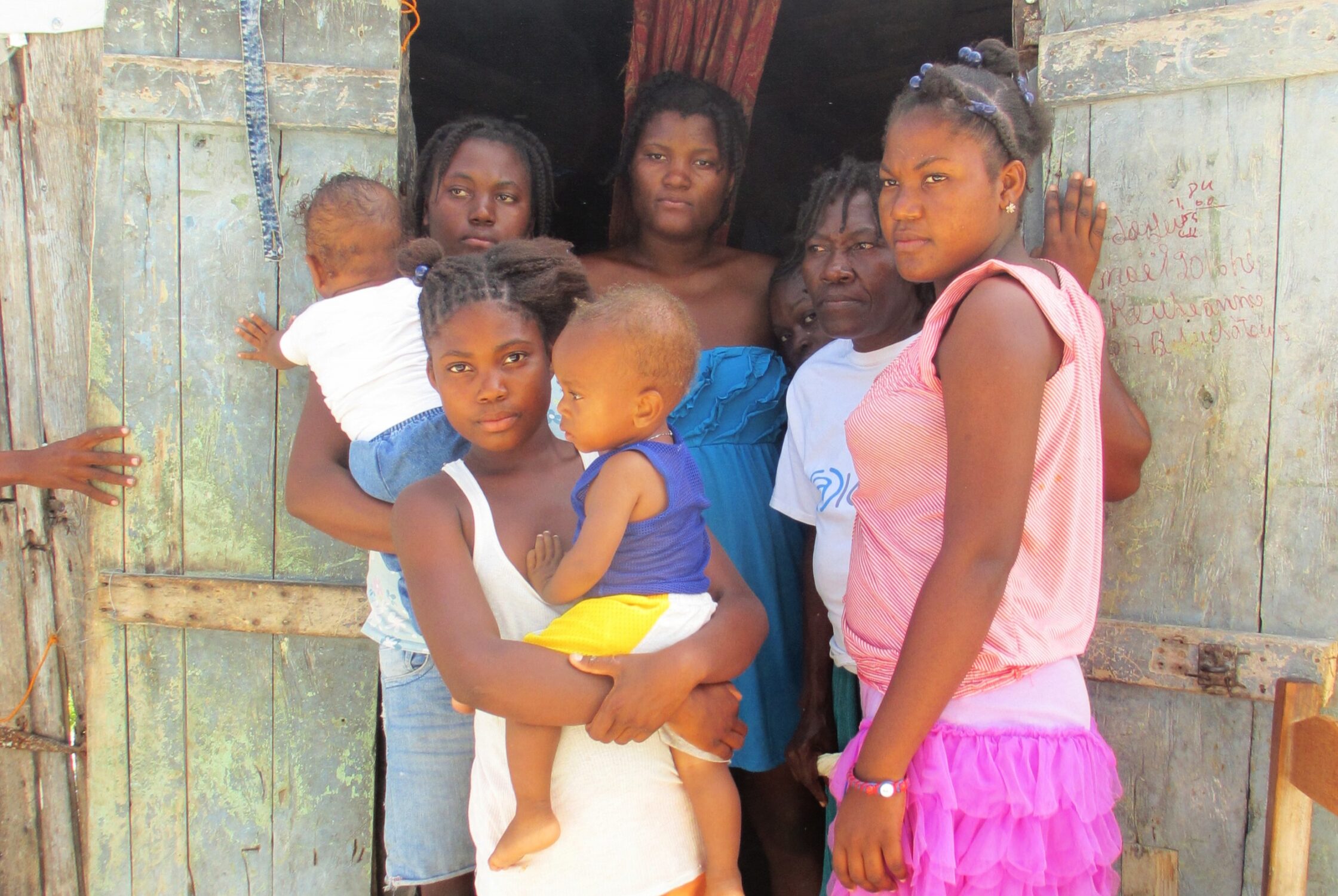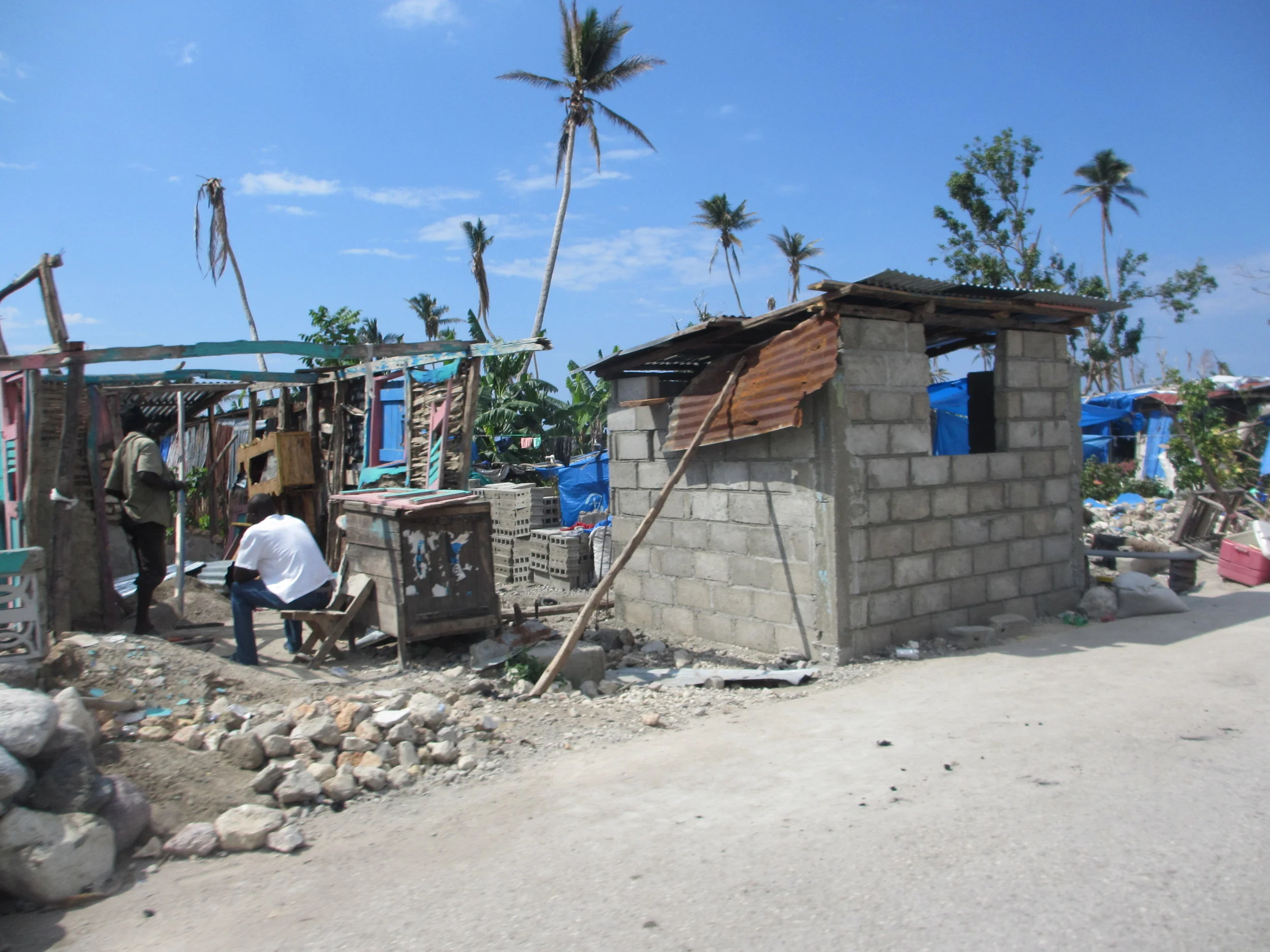The Global Compacts on Refugees and Migration: Protecting People Uprooted by Disasters and Climate Change

Disasters brought on by natural hazards and the adverse effects of climate change, either alone or in combination with other factors, contribute to a broad spectrum of human movement. Those moving across international borders in the context of disasters and climate change do not always fall neatly within existing definitions of refugees and migrants, leaving the most vulnerable individuals without sufficient protection and at risk of human rights violations.

The extent to which disasters and climate change drive international forced displacement and unsafe, disorderly, and irregular migration in the future depends in part on state action to mitigate disaster and climate risk, as well as state support to build the resilience of the most vulnerable communities. But it will also depend on the extent to which states cooperate actively to enhance international protection and regularize migration pathways for vulnerable persons.
As UN member states meet over the course of 2018 to agree upon the terms of global compacts on refugees and migrants, this issue brief examines a number of critical steps that essential in enhancing protection for vulnerable individuals uprooted by disasters and climate change. The UN member states can achieve these goals by supporting more expansive, flexible protection mechanisms and migration pathways.